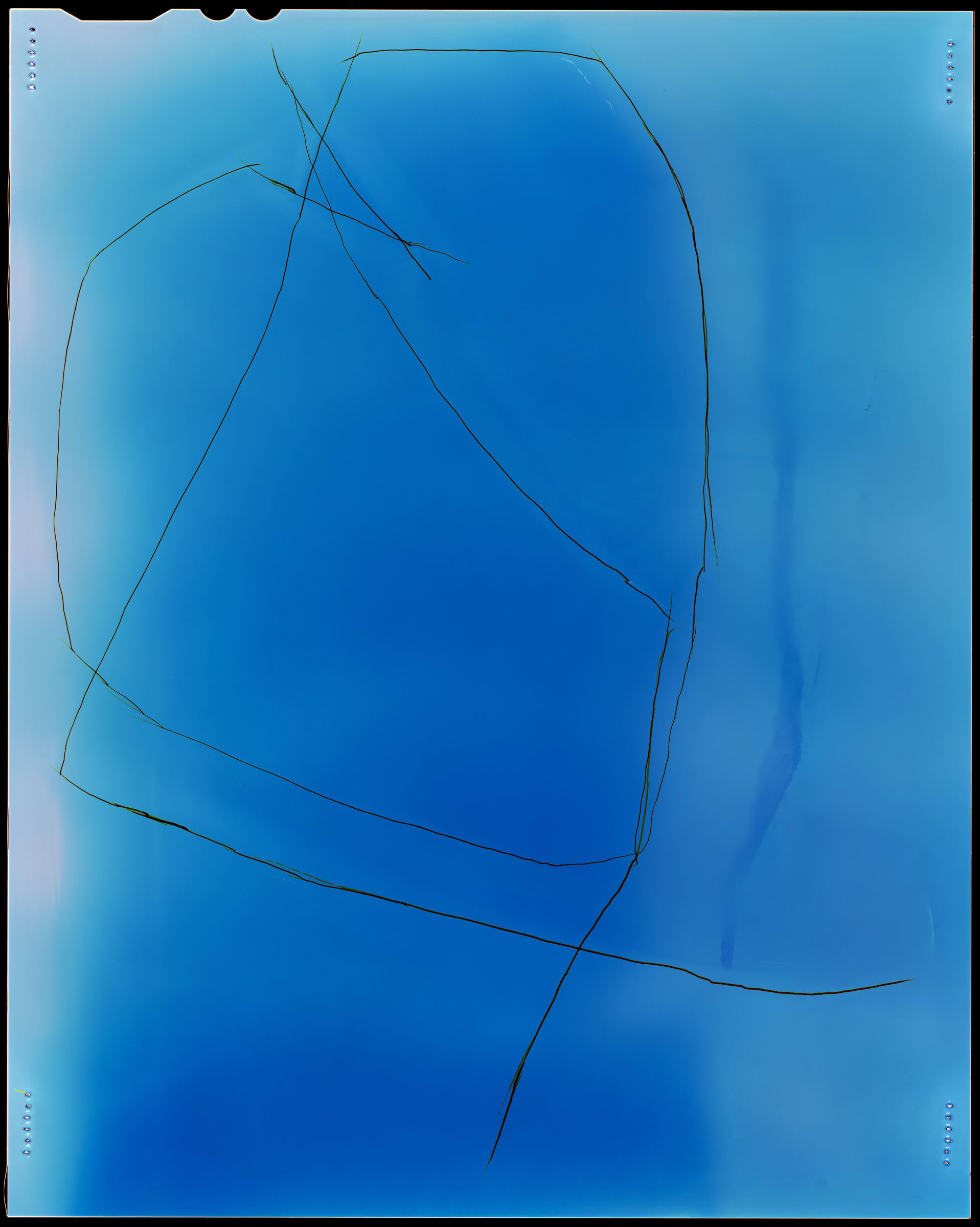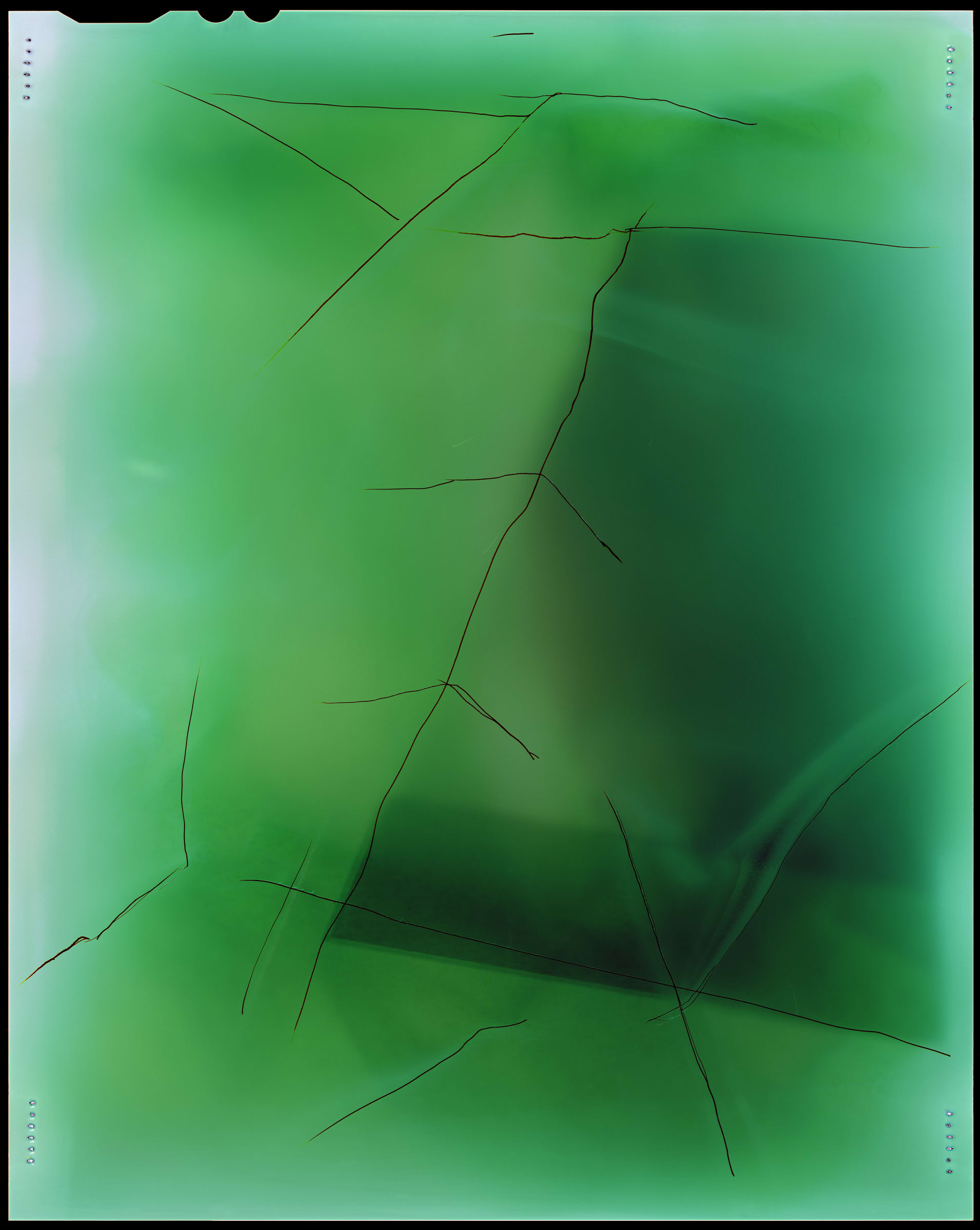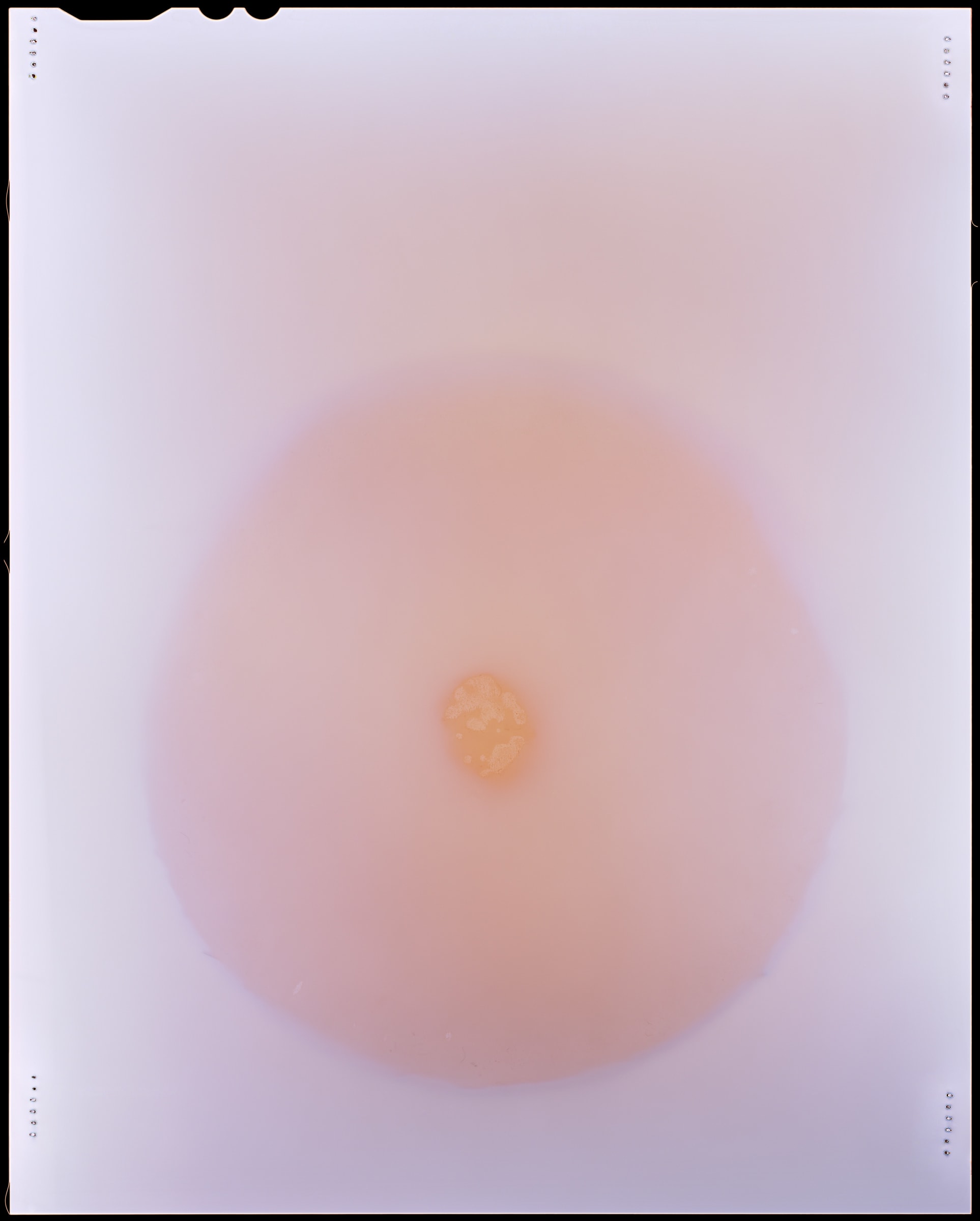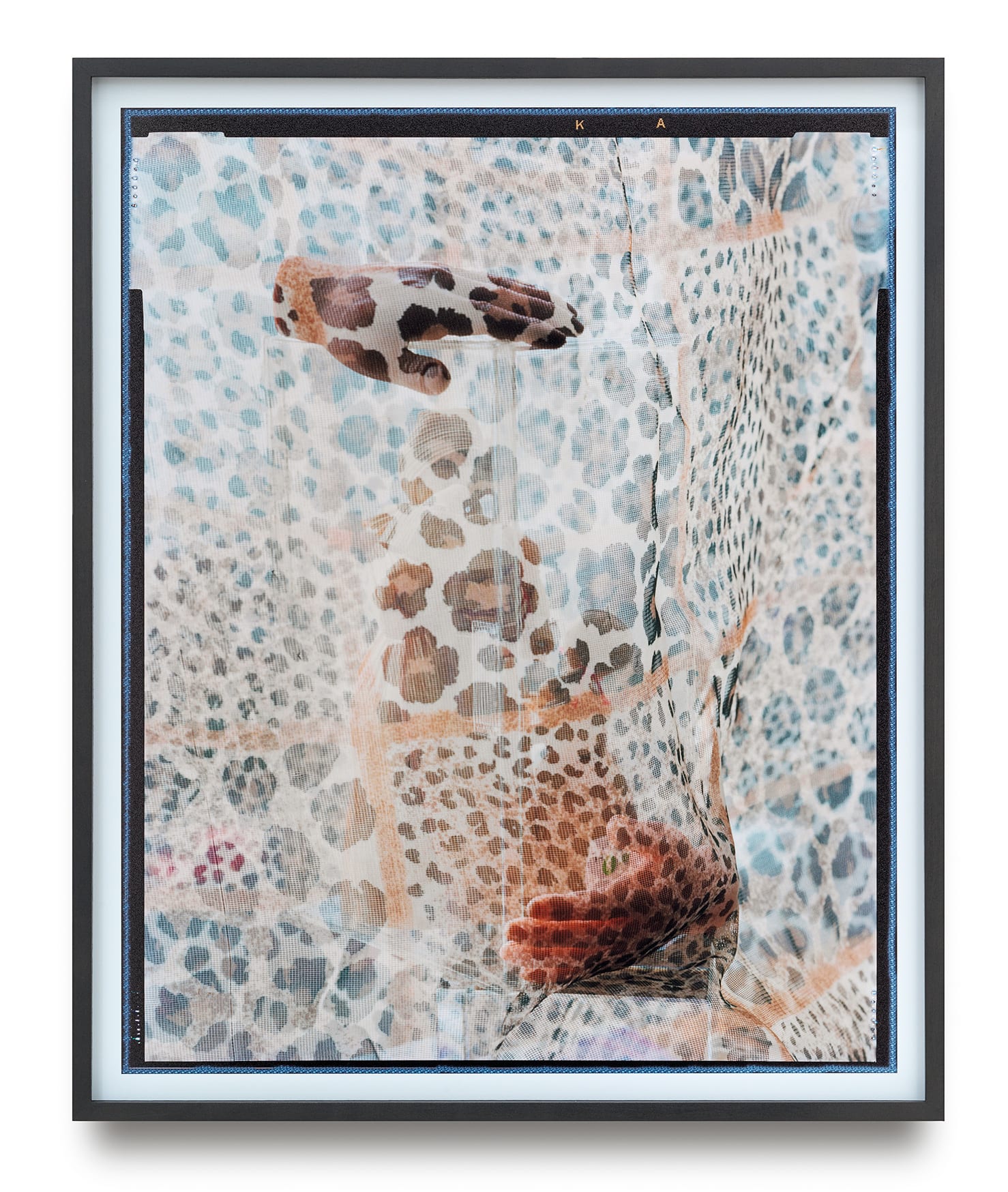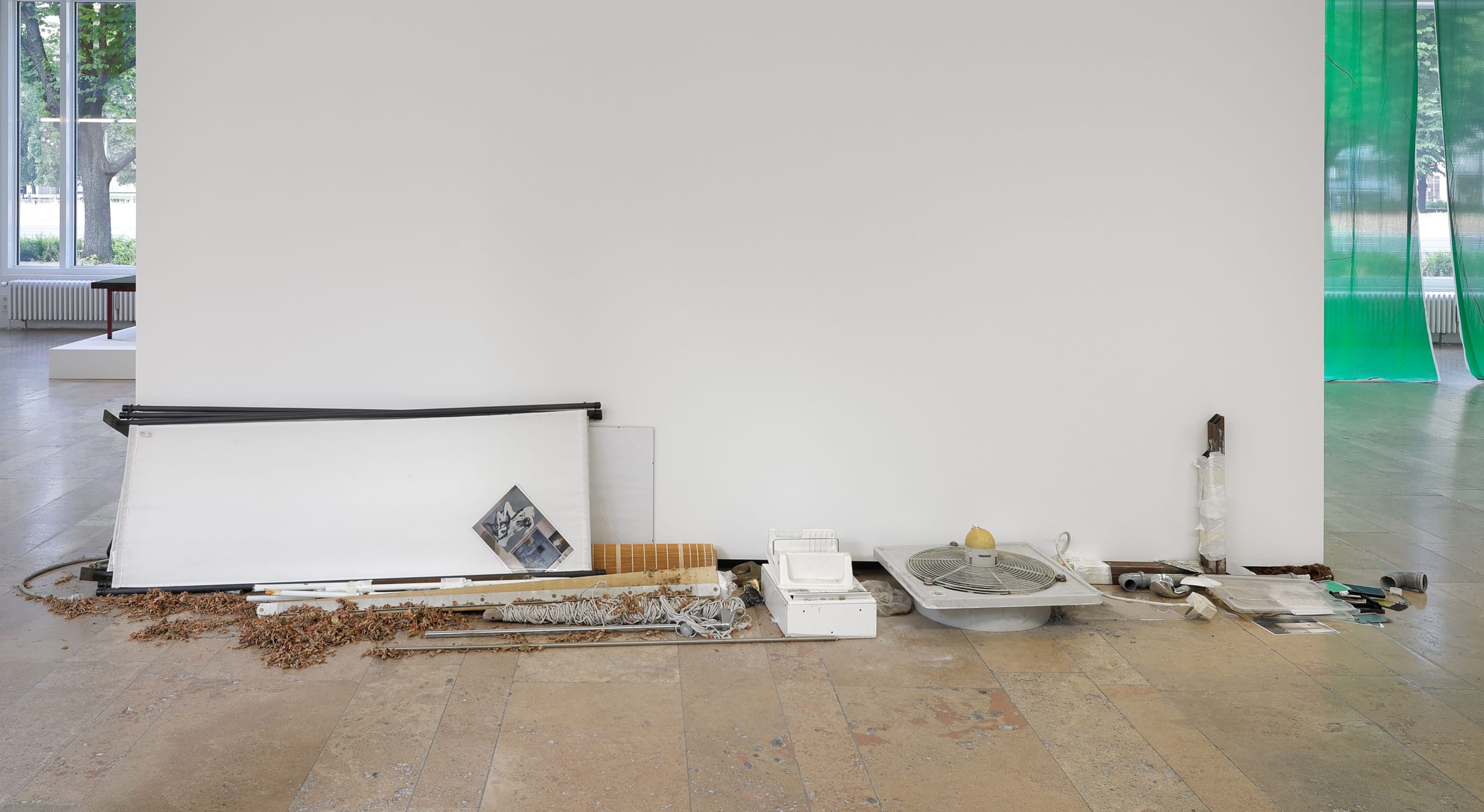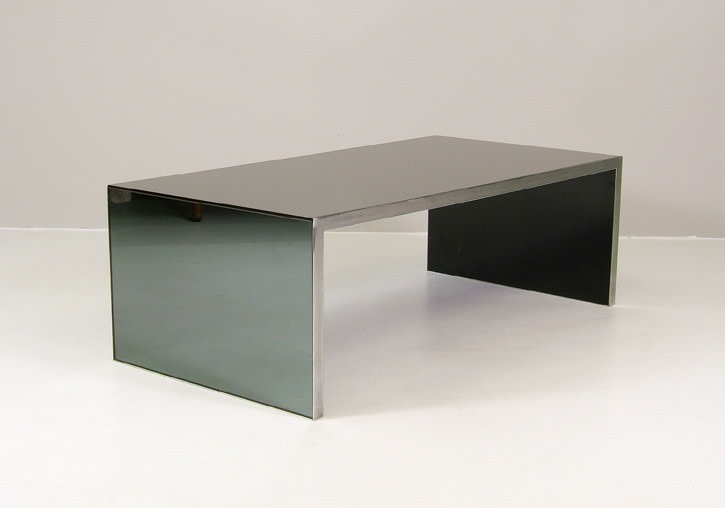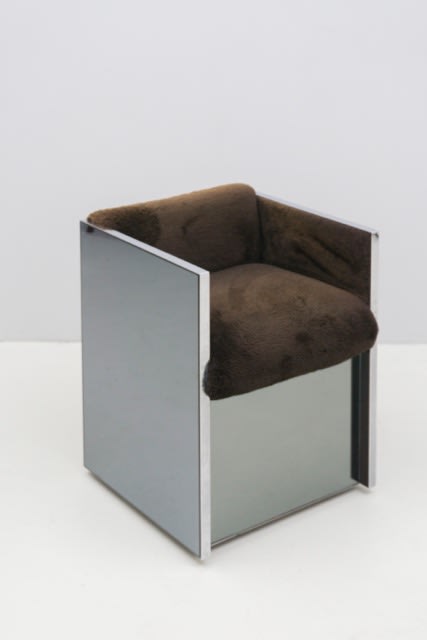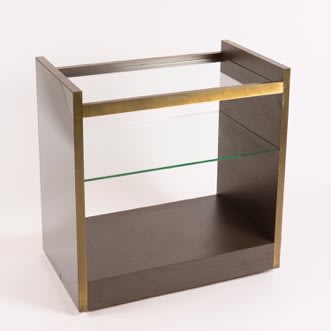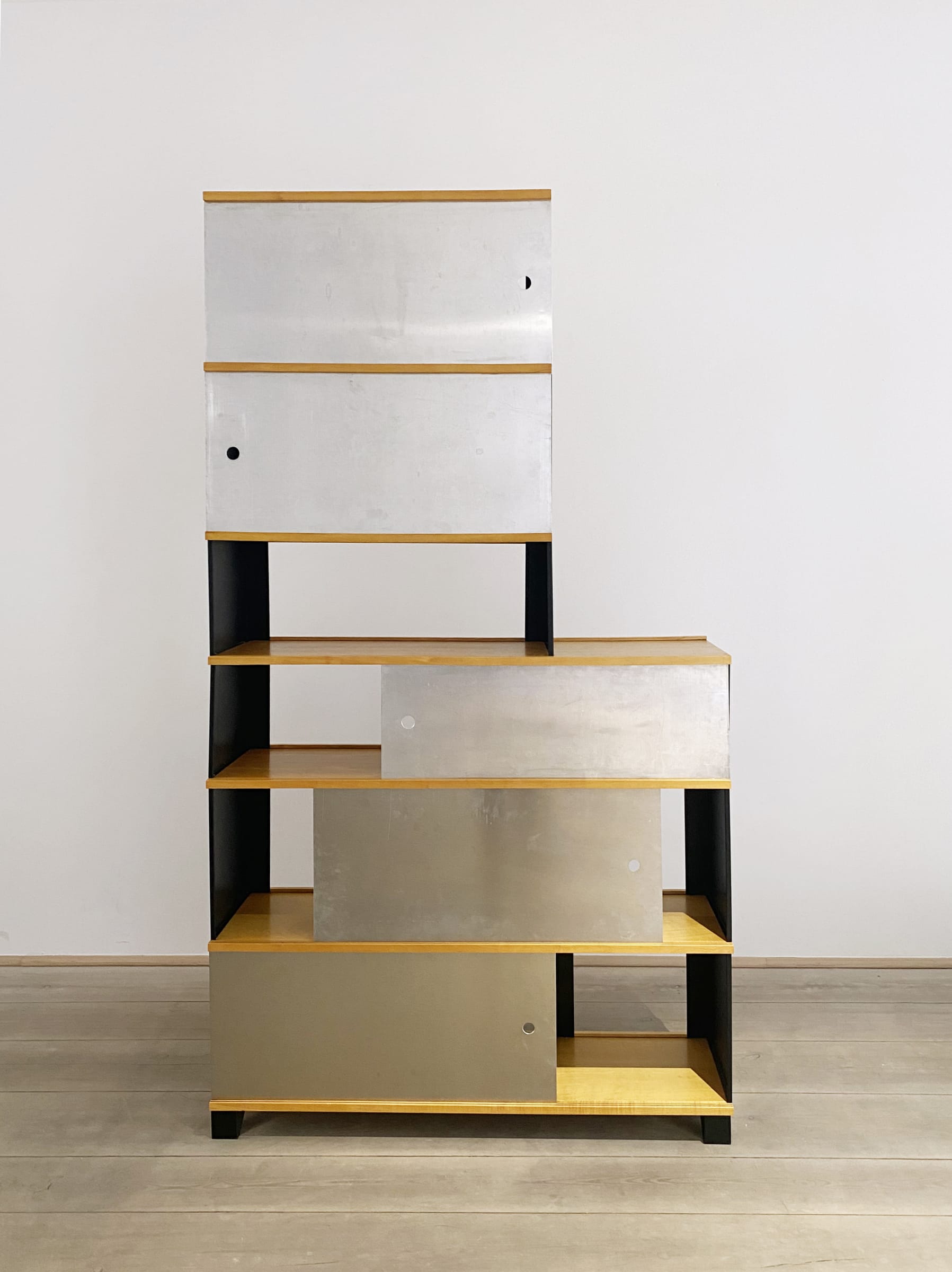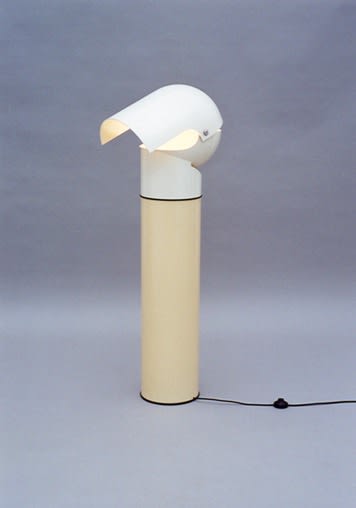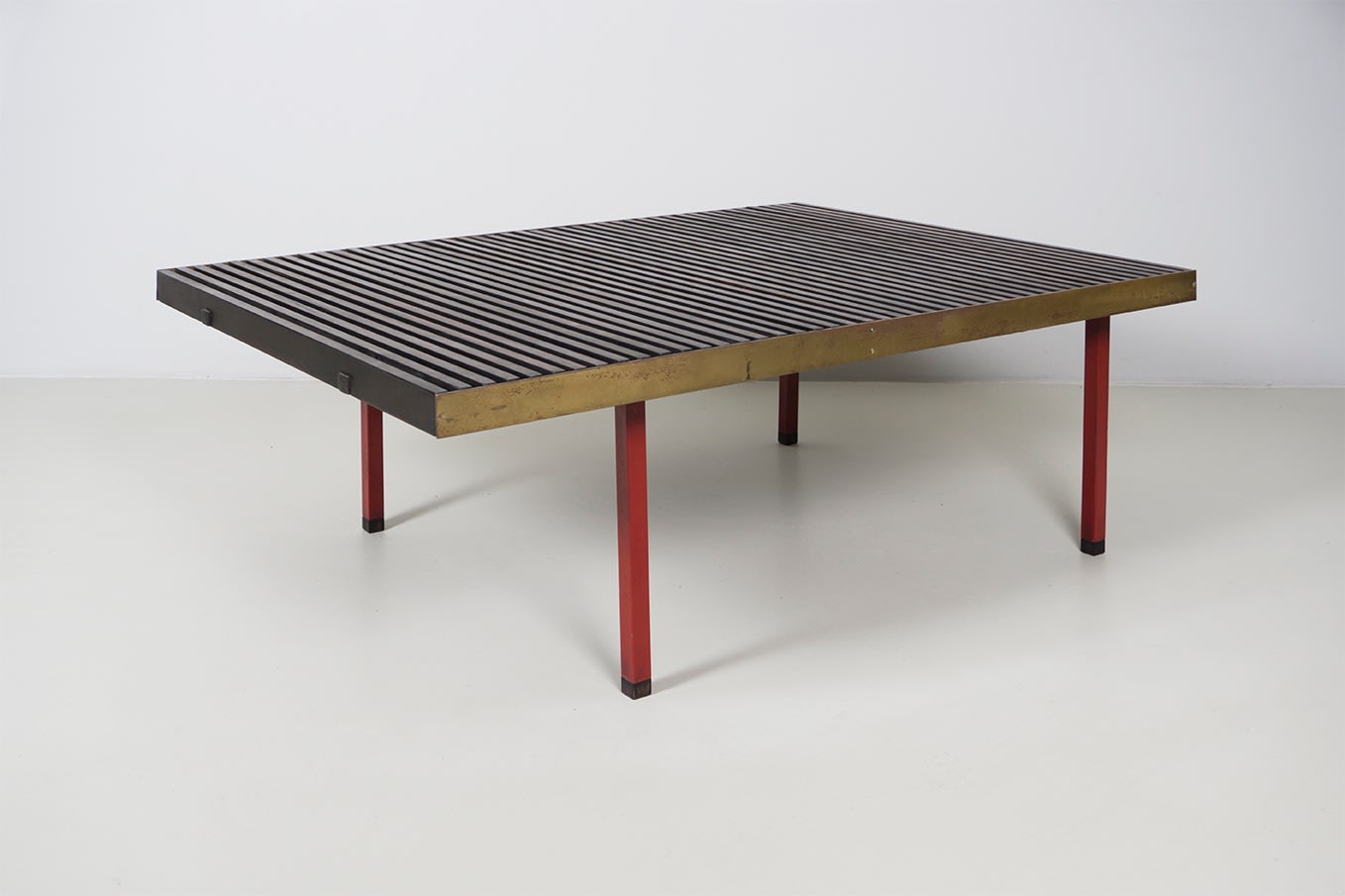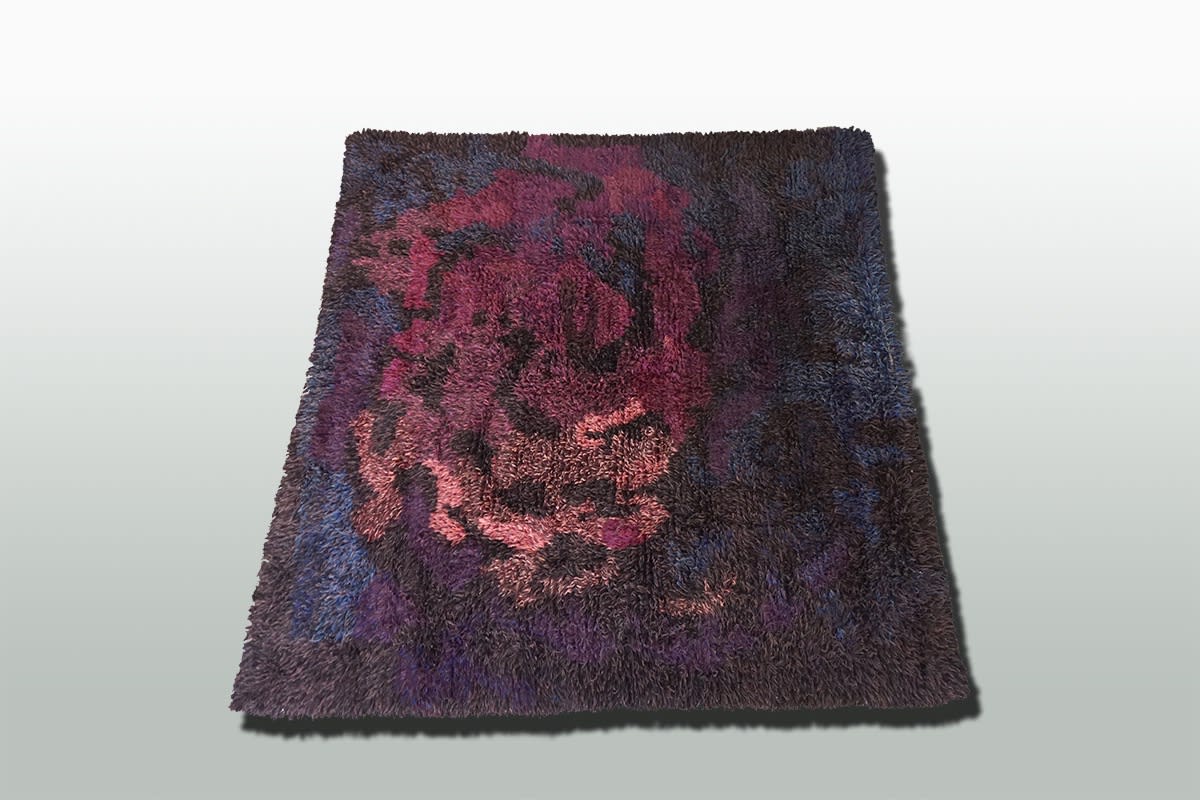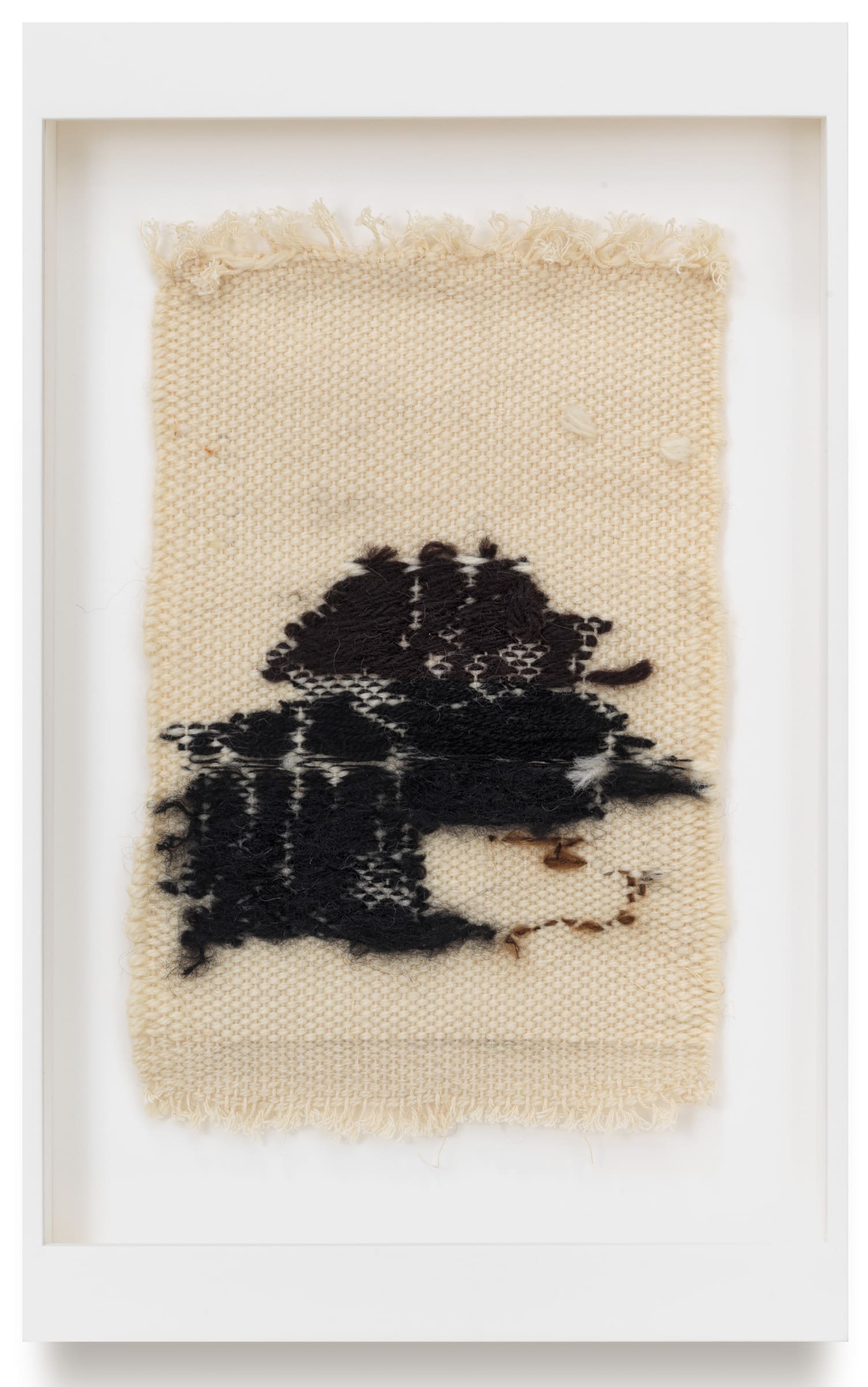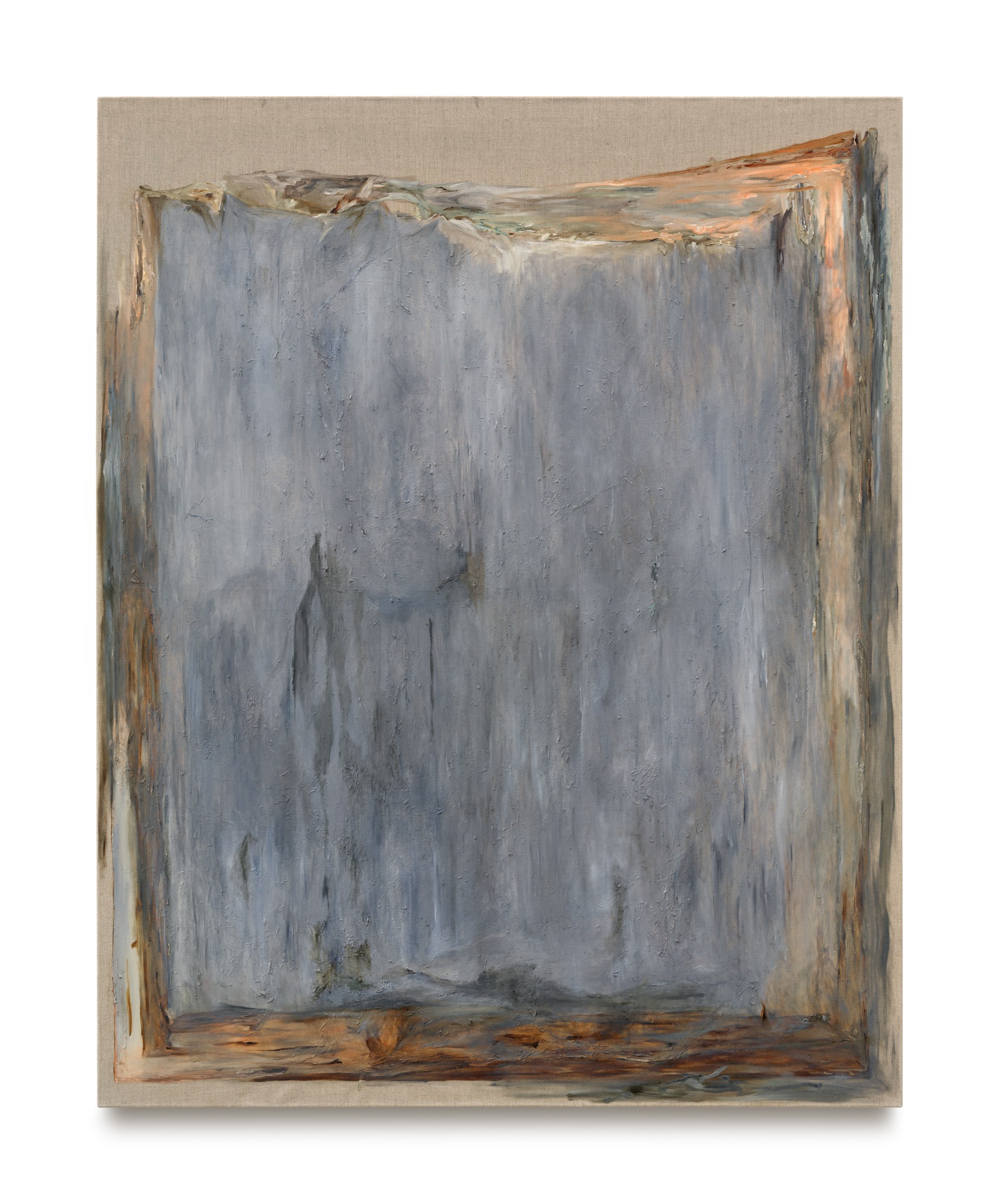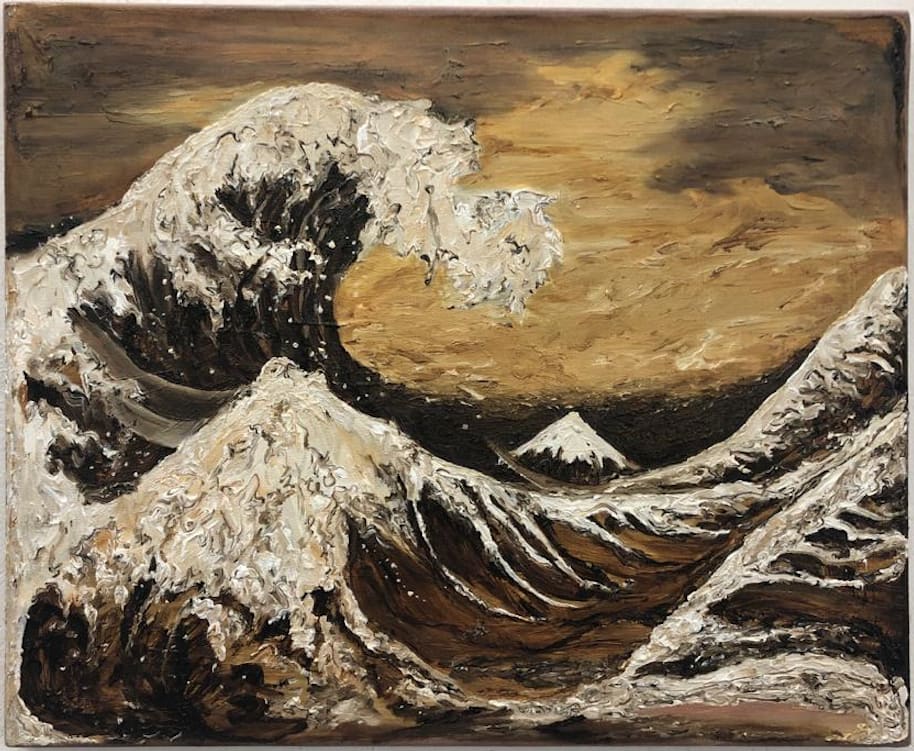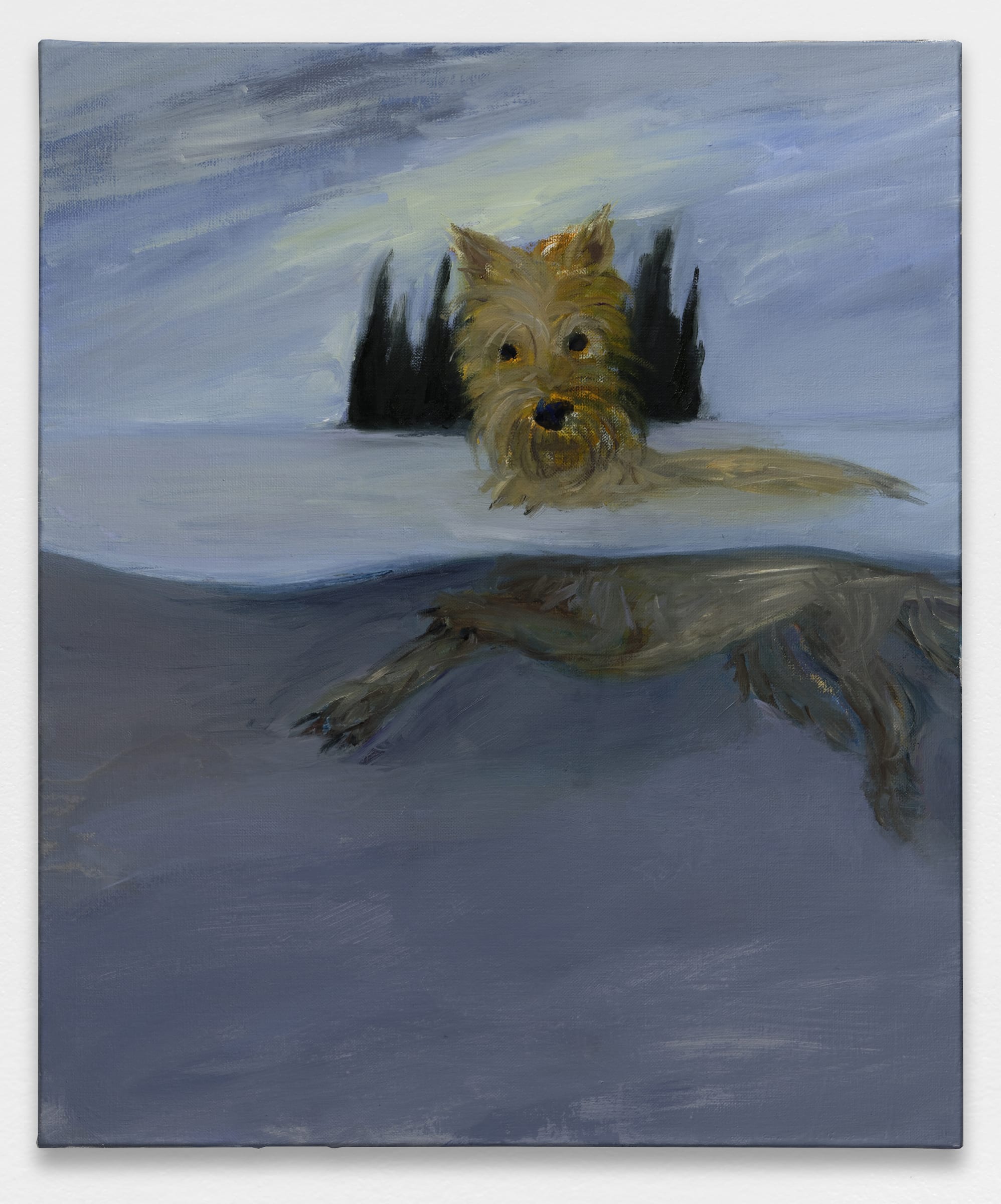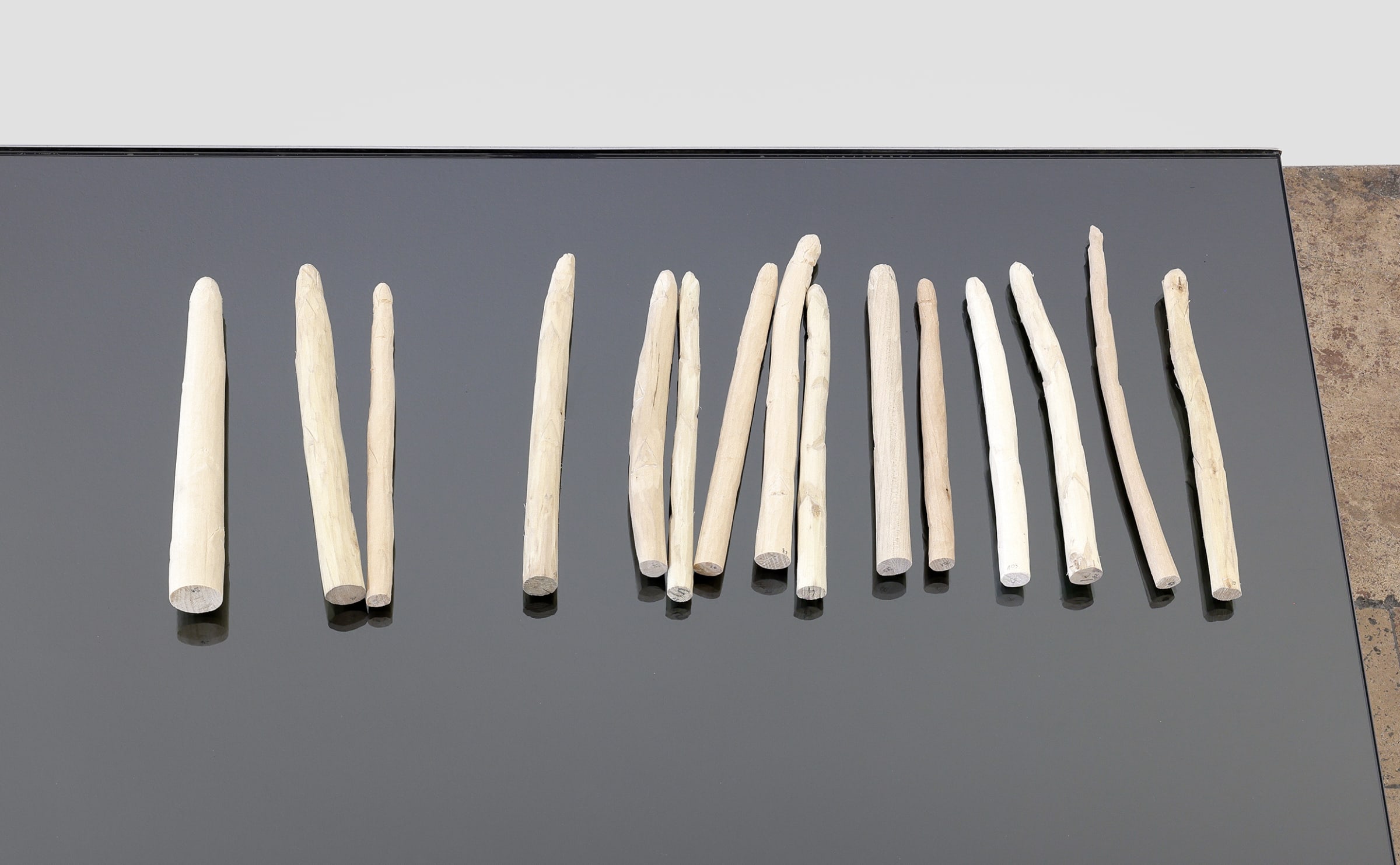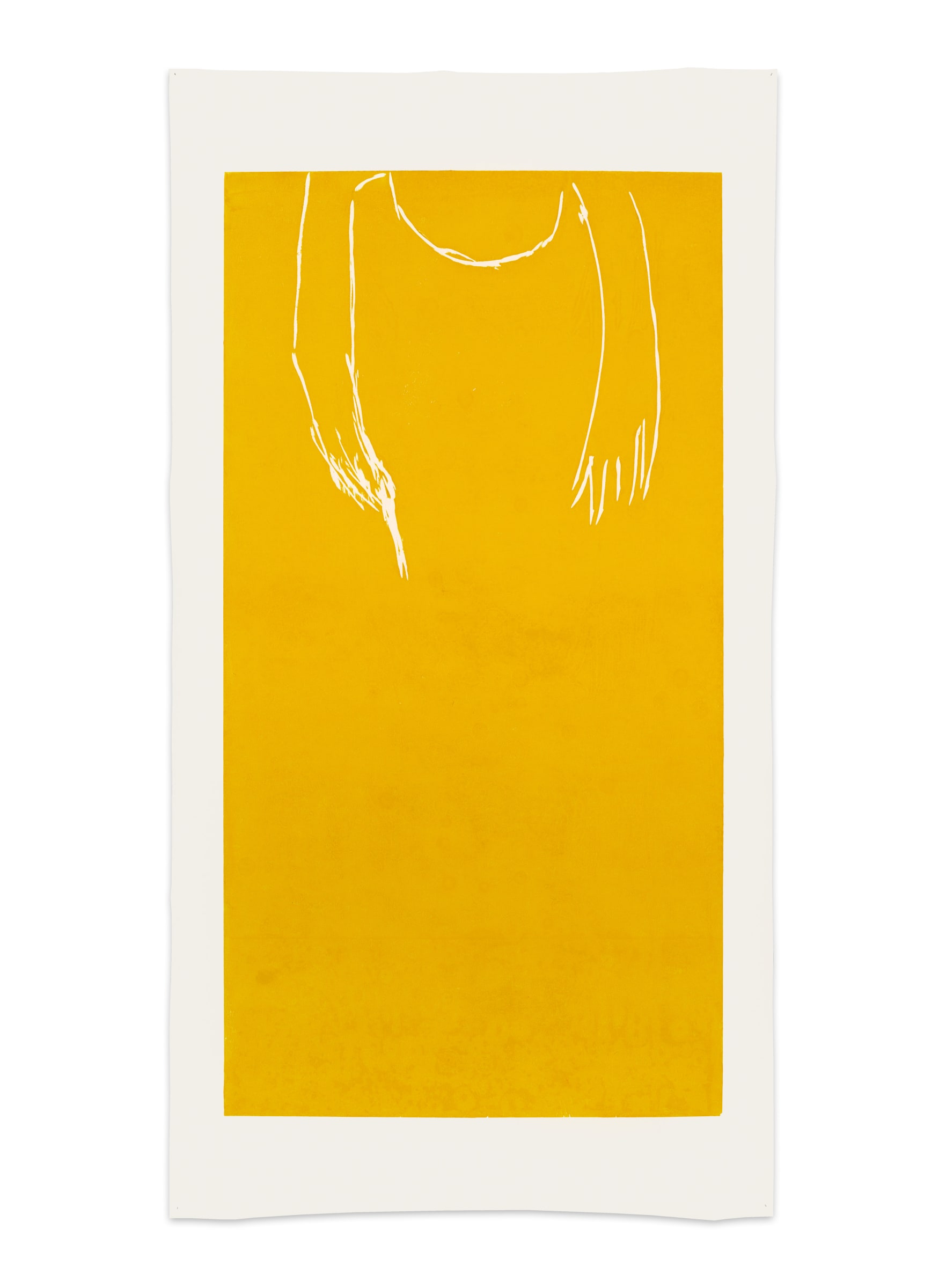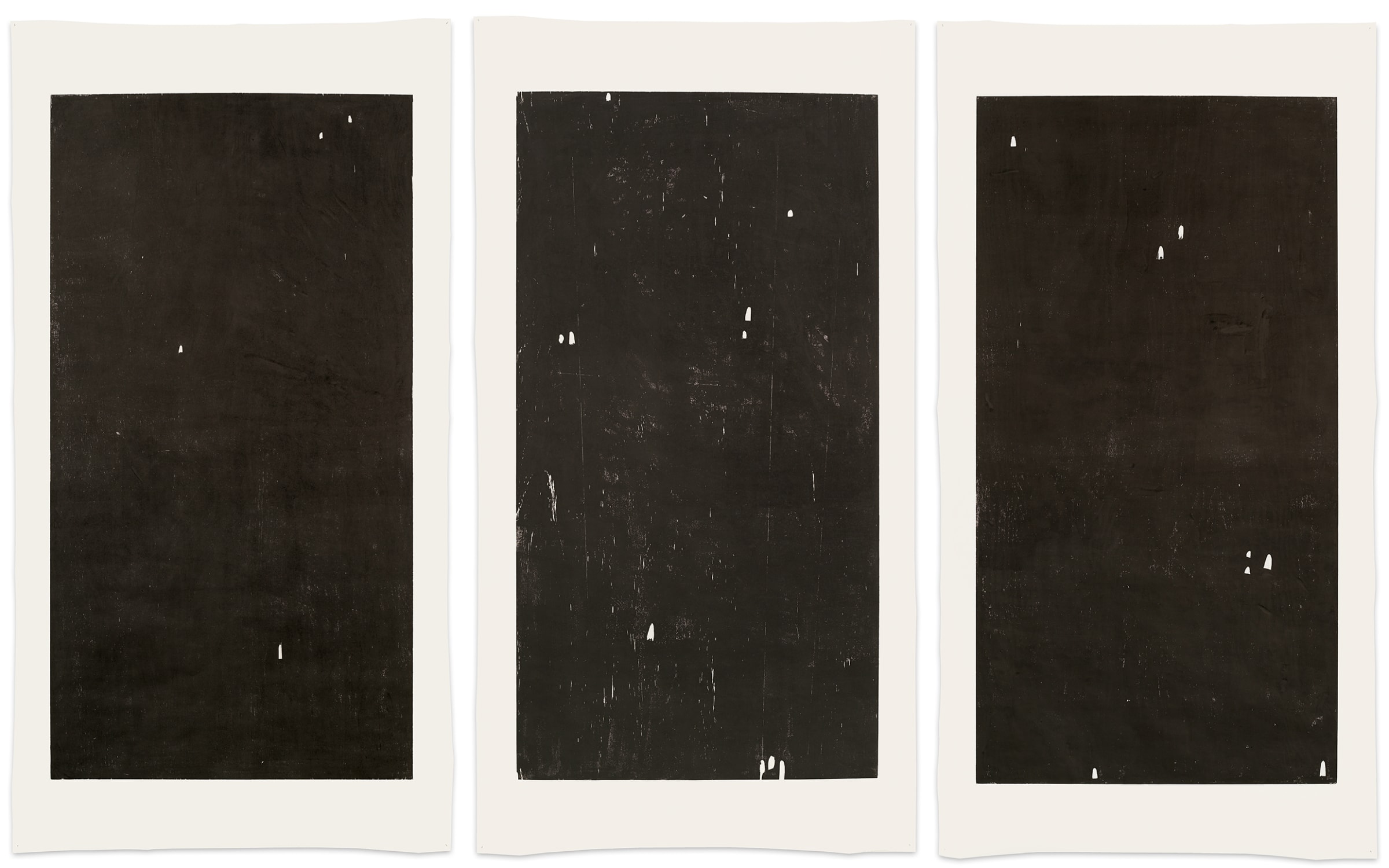With works by Ketuta Alexi-Meskhishvili, Tolia Astakhishvili and James Richards, Gae Aulenti, Renata Bonfanti, Andrea Büttner, Xinyi Cheng, Sofie Dawo, Liliana Grassi, Vera Palme, Reni Trüdinger Shulman, Nanda Vigo
Download Exhibition Dossier here
The Displacement Effect stages a temporary constellation of artworks and objects in an open-ended discursive encounter. The exhibition proposes a movement through distinctive counterpoints of art, design and material. Rather than a strictly thematic or scholarly approach, it adopts a responsive, additive process that suggests intersection as a route towards meaning or revelation. Within this space of conjecture, the airy vitrine-like showroom itself has a crucial role to play.
A variety of displacements are set in motion, the first of which is a shift back in time to the building’s original 1964 incarnation as Kunst im Heim, a showroom for Fine and Applied Arts. The furniture objects and textiles here were made by six different women, five of whom were born in the 1920s, while the youngest, Nanda Vigo, was born in 1936. They were all active in Europe in the post-war period at a time where it was rare to find women working in the areas of architecture or design.
– o –
Gae Aulenti (1927-2012) graduated in architecture from Milan Polytechnic in 1954 as one of two women in a class of twenty. Known primarily for her architectural projects, including Milan’s Piazza Cadorna (2000), a highly colorful and brutal design at odds with its surroundings, she also designed showrooms for the Fiat empire, and set designs for La Scala. From 1981-86 she transformed the Musée d’Orsay in Paris from a railway station into the renowned museum for 19th century art. Alongside her architectural activities made a handful of pieces of furniture, mostly for Poltronova, the experimental, less commercial side of Cassina, who produced the chair series Locus Solus, while the lamp, Pileo was produced for Artemide.
Renata Bonfanti (1929-2018) studied in Venice and Oslo in the early 1950s. She was primarily a weaver, interested in technical innovation, developing mechanical processes to produce upholstery fabrics and introducing artificial fibres to contrast with natural ones. In 1970 she established a laboratory-studio in which develop techniques using both hand looms and mechanical looms, where the looms could be used not just for production, but also as tools in the design process itself. She saw her textiles and carpets as architectural elements, intervening in an interior space with chromatic sequences and finely calibrated haptic surfaces. Bonfanti collaborated with designers including Bruno Munari, for whom she developed textiles for a series of lamps.
Sofie Dawo (1926-2010) studied at the Academy for Arts and Crafts in Saarbrücken and was a Professor there from 1958 until her retirement in 1992. It was within this context that she undertook a rigorous analysis of the potential of fibre as a medium, introducing a variety of techniques and materials including cotton, waxed yarn, nylon, silver foil, plastic and metal. She received little recognition for her ground-breaking works during her lifetime, beyond the specific forum of the “International Tapestry Biennials” that were held in Lausanne from 1962 and 1995. Her works ranged from small weavings which investigated materials, techniques and graphic forms, to exuberant, experimental hangings.
Liliana Grassi (1923-1985) graduated from the Faculty of Architecture at Milan Polytechnic in 1947, where she subsequently became a professor in the restoration of historical monuments, initially in the Architecture Faculty and then in the Faculty of Engineering. One of her main projects was the decades long restoration of the Ca’ Grande, damaged in the Second World War. She was a sought-after expert in this area and author of several publications on restoration techniques. Grassi built a small number of private houses for friends and designed furniture for them. The table in this exhibition is from a private project designed for a close friend.
Reni Shulman Trüdinger (1927-2000) was born in Switzerland and worked as an interior architect, designing the Swiss Pavilion for the 1970 World Fair in Osaka. She worked with Charlotte Perriand early in her career. This modular system, used for sideboards and free-standing shelves, was designed in 1956 and produced by Wohnhilfe Zurich until 1959. Trüdinger married an American in 1959 and moved to Baltimore, Maryland, where she was involved in urban renovation projects. She opened her own interior architecture office in 1969 in Washington D.C. and designed the interior of the Washington Post building.
Nanda Vigo (1936-2020) studied architecture at the Institute Polytechnique in Lausanne. Following a short stay in the USA, she returned to Milan and became deeply involved in the multi-disciplinary cultural scene there, setting up her own studio in 1959. She was close to Lucio Fontana as well as Piero Manzoni and Enrico Castellani and the artists of the Zero movement, taking part in many of the Zero exhibitions in the mid 1960s. She also worked closely with architect Giò Ponti, in particular on residential interiors such as ‘La casa sotto la foglia’ (1965-68). In her studio, she engaged in the development of what she called ‘Chronotropic Environments’, enveloping sensory experiences marked by simultaneity of light, reflection and image. Even her furniture designs reach towards this dematerialized space, melting into their surrounding environments through use of reflective planes and geometrical precision. Solo exhibitions of her work include ‘Nanda Vigo. Light is Life’ at the Milan Triennale 2006 and more recently ‘Nanda Vigo. Light Project 2020’ at MACTE in Tremoli in 2020.
– o –
Alongside these distinctive design objects are floor-to-ceiling photographic draperies by Ketuta Alexi-Meskhishvili that form semi-transparent thresholds of ambiguous, subliminal imagery. Vera Palme’s canvases reflect on tensions between content and evacuation on the painted surface. Borderline accumulations by Tolia Astakhishvili in collaboration with James Richards form a tide-line of the incidental: forgotten objects that have no place in a showroom, a category of the left-behind, things seen usually only from the corner of your eye. Recurring throughout the space and culminating in a slide projection on the upper level, ‘Tenant (Dream Catcher)’ is a pendant piece to Astakhishvili and Richards’ installation ‘Tenant’, currently on view in ‘The Holding Environment’ at Bonner Kunstverein. In a series of new woodcuts, Andrea Büttner considers the seasonal rituals of the local Spargel harvest, continuing her investigations into occluded, lowly and uncredited occupations. Xinyi Cheng’s ‘Long Distance Swimmer’ brings our viewpoint down below the water’s surface.
– o –
Matter displaces water, water displaces air, air displaces matter, but none of it disappears for good. In psychology, a ‘displacement effect’ is an involuntary defense mechanism where the human mind transfers the effects of an occurrence it finds unacceptable to another situation which it can tolerate. This process relieves stress and tension. Misery and anxiety are displaced by calming alternatives, but the problem does not go away. Displacements on a structural level create imbalance by shunting things of different value to the disregarded margins. Integrity is ousted by the sheer scale of an overemphasized mainstream. This exhibition asks: where do these displaced ones go? How can they be found and re-centred?
This exhibition is realized by writer and curator Kirsty Bell in collaboration with 20th Century furniture specialist Hans-Peter Jochum from Jochum Rodgers in Berlin-Charlottenburg. Kirsty Bell’s new book The Undercurrents. A story of Berlin will be published by Fitzcarraldo Editions in Spring 2022. A German translation by Laura-Su Bischoff and Michael Bischoff will be published by Kanon Verlag in October 2021.
-
 Ketuta Alexi-MeskhishviliI am your slice, 2021Inkjet print on organic cottonDimensions variable, site-specific
Ketuta Alexi-MeskhishviliI am your slice, 2021Inkjet print on organic cottonDimensions variable, site-specific -
 Ketuta Alexi-MeskhishviliDanama, 2021Inkjet print on organic cottonDimensions variable, site-specific
Ketuta Alexi-MeskhishviliDanama, 2021Inkjet print on organic cottonDimensions variable, site-specific -
 Ketuta Alexi-Meskhishvilifor any one of you, 2021Archival pigment print185 x 152 cm / 72.8 x 59.8 inches
Ketuta Alexi-Meskhishvilifor any one of you, 2021Archival pigment print185 x 152 cm / 72.8 x 59.8 inches
UnframedEdition of 1 (#1/1) + 1 AP -
 Ketuta Alexi-Meskhishvilipatterns of an unstable frame, 2019Archival pigment printImage dimensions: 52.5 x 43 cm / 20.7 x 16.9 inches
Ketuta Alexi-Meskhishvilipatterns of an unstable frame, 2019Archival pigment printImage dimensions: 52.5 x 43 cm / 20.7 x 16.9 inches
Framed dimensions: 55 x 45 cm / 21.7 x 17.7 inchesEdition of 2 + 2 AP (AP #1/2) -
 Tolia Astakhishvili and James RichardsTenant (Dream Catcher), 2021Found objects and photos, leaves, earth, sand and ashDimensions variable
Tolia Astakhishvili and James RichardsTenant (Dream Catcher), 2021Found objects and photos, leaves, earth, sand and ashDimensions variable -
 Tolia Astakhishvili and James RichardsTenant (Dream Catcher), 2021Sanguine chalk, plasterboard, screws, chain, stickersDimensions variable
Tolia Astakhishvili and James RichardsTenant (Dream Catcher), 2021Sanguine chalk, plasterboard, screws, chain, stickersDimensions variable -
 Tolia Astakhishvili and James RichardsTenant (Dream Catcher), 2021Slide projection, room, light box, sensor, drawing on paper, found objectsDimensions variable
Tolia Astakhishvili and James RichardsTenant (Dream Catcher), 2021Slide projection, room, light box, sensor, drawing on paper, found objectsDimensions variable -
 Tolia Astakhishvili and James RichardsTenant (Dream Catcher), 2021Drawings on paper, tempera on canvas, painting, collages, prints, found objects and photos, plaster, waterDimensions variable
Tolia Astakhishvili and James RichardsTenant (Dream Catcher), 2021Drawings on paper, tempera on canvas, painting, collages, prints, found objects and photos, plaster, waterDimensions variable -
 Nanda VigoFour Corners, 1971Flat steel, chrome-plated, grey mirror glass
Nanda VigoFour Corners, 1971Flat steel, chrome-plated, grey mirror glass
Manufactured by Driade, Italy60 x 120 x 60 cm
23.6 x 23.6 x 47.3 inches -
 Nanda VigoTOP, 1970Unique armchair, wooden construction, aluminum, grey mirror glass, seat cushion, on casters
Nanda VigoTOP, 1970Unique armchair, wooden construction, aluminum, grey mirror glass, seat cushion, on casters
Design for a private apartment, manufactured by FAI International, Italy68 x 51 x 53 cm
26.8 x 20.1 x 20.9 inches -
 Nanda VigoUntitled, 1970Unique bar cart, brass, grey mirror glass, laminate with Abet print, wood, on casters
Nanda VigoUntitled, 1970Unique bar cart, brass, grey mirror glass, laminate with Abet print, wood, on casters
Design for a private apartment in Merate, Italy; manufactured by Conconi & Figli Milano, ItalyTogether with a certificate from the Archivio Nanda Vigo (Nr. 01092018-COMP001)82 x 81 x 48.5 cm
32.3 x 31.9 x 18.9 inches -
 Reni Shulman-TrüdingerTyp II, 1956Shelf with sliding doors, maple plywood, black lacquered metal, aluminum sliding doors
Reni Shulman-TrüdingerTyp II, 1956Shelf with sliding doors, maple plywood, black lacquered metal, aluminum sliding doors
Manufactured by Werkgenossenschaft Wohnhilfe Zürich, Switzerland232 x 120 x 35.5 cm
91.3 x 47.2 x 14 inches -
 Gae AulentiPileo, 1972Floor lamp, white plastic, adjustable shade
Gae AulentiPileo, 1972Floor lamp, white plastic, adjustable shade
Manufactured by Artemide, Italy139 x 34 x 24 cm
54.7 x 13.4 x 13.4 inches -
 Gae AulentiLocus Solus, 1964Original armchair with armrests, orange steel pipe, seat, purple felt cover
Gae AulentiLocus Solus, 1964Original armchair with armrests, orange steel pipe, seat, purple felt cover
Manufactured by Poltronova, Italy82 x 74 x 100 cm
32.3 x 29.1 x 39.4 inches -
 Gae AulentiLocus Solus, 1964Chair, metal pipe, seat and back covered with dark red synthetic leather
Gae AulentiLocus Solus, 1964Chair, metal pipe, seat and back covered with dark red synthetic leather
Manufactured by Poltronova, Italy67 x 57 cm, seat height: 42 cm
26.4 x 22.4 inches, seat height: 16.5 inches -
 Liliana GrassiUntitled, ca. 1950Unique side table, brass frame, walnut stained wood slats, red metal legs40 x 118 x 47 cm
Liliana GrassiUntitled, ca. 1950Unique side table, brass frame, walnut stained wood slats, red metal legs40 x 118 x 47 cm
15.7 x 46.4 x 18.5 inches -
 Renata BonfantiUntitled, 1962Carpet, hand-woven woolLabeled "Renata Bonfanti, Lavinia. Copia n.3 6.12.62“230 x 220 cm
Renata BonfantiUntitled, 1962Carpet, hand-woven woolLabeled "Renata Bonfanti, Lavinia. Copia n.3 6.12.62“230 x 220 cm
90.6 x 86.6 inches -
 Sofie DawoUntitled, ca. 1970Mobile, textile in plain weave with cut weft threads310 x 76 cm
Sofie DawoUntitled, ca. 1970Mobile, textile in plain weave with cut weft threads310 x 76 cm
122.1 x 29.9 inches -
 Sofie DawoUntitled, 1965Textile, black wool on natural colored baseObject dimensions: 28 x 26 cm / 11 x 10.2 inches
Sofie DawoUntitled, 1965Textile, black wool on natural colored baseObject dimensions: 28 x 26 cm / 11 x 10.2 inches
Framed dimensions: 40.5 x 34 cm / 15.9 x 13.4 inches -
 Sofie DawoUntitled, 1965Textile, black wool on neutral colored baseObject dimensions: 29 x 18 cm / 11.4 x 7.1 inches
Sofie DawoUntitled, 1965Textile, black wool on neutral colored baseObject dimensions: 29 x 18 cm / 11.4 x 7.1 inches
Framed dimensions: 41 x 26 cm / 16.1 x 10.2 inches -
 Sofie DawoUntitled, 1965Textile, black wool on neutral colored baseObject dimensions: 46 x 47 cm / 18.1 x 18.5 inches
Sofie DawoUntitled, 1965Textile, black wool on neutral colored baseObject dimensions: 46 x 47 cm / 18.1 x 18.5 inches
Framed dimensions: 59 x 55 cm / 23.2 x 21.7 inches -
 Sofie DawoUntitled, 1965Textile, black wool on neutral colored baseObject dimensions: 39 x 37 cm / 15.4 x 14.6 inches
Sofie DawoUntitled, 1965Textile, black wool on neutral colored baseObject dimensions: 39 x 37 cm / 15.4 x 14.6 inches
Framed dimensions: 50.5 x 45.5 cm / 19.9 x 17.9 inches -
 Vera PalmeSOS (high), 2020Oil on linenSigned and dated verso200 x 160 cm / 78.7 x 63 inches
Vera PalmeSOS (high), 2020Oil on linenSigned and dated verso200 x 160 cm / 78.7 x 63 inches -
 Vera PalmeUntitled (The Wave), 2020-21Oil on linenSigned verso45 x 55 cm
Vera PalmeUntitled (The Wave), 2020-21Oil on linenSigned verso45 x 55 cm
17.7 x 21.6 inches -
 Xinyi ChengLong-distance Swimmer, 2021Oil on canvasSigned verso55 x 45 cm
Xinyi ChengLong-distance Swimmer, 2021Oil on canvasSigned verso55 x 45 cm
21.6 x 17.7 inches -
 Andrea BüttnerSpargel, 2021Carved wood, 15 partsDimensions variable, ca. 20 cm each
Andrea BüttnerSpargel, 2021Carved wood, 15 partsDimensions variable, ca. 20 cm each -
 Andrea BüttnerErntende, 2021Woodcut on paperImage dimensions: 160 x 92 cm / 78.7 x 39.4 inches
Andrea BüttnerErntende, 2021Woodcut on paperImage dimensions: 160 x 92 cm / 78.7 x 39.4 inches
Paper dimensions: 200 x 116 cm / 78.7 x 45.7 inches -
 Andrea BüttnerSpargelfeld, 2021Woodcut on paper, TriptychImage dimensions (each): 160 x 92 cm / 78.7 x 39.4 inches
Andrea BüttnerSpargelfeld, 2021Woodcut on paper, TriptychImage dimensions (each): 160 x 92 cm / 78.7 x 39.4 inches
Paper dimensions (each): 200 x 116 cm / 78.7 x 45.7 inches

